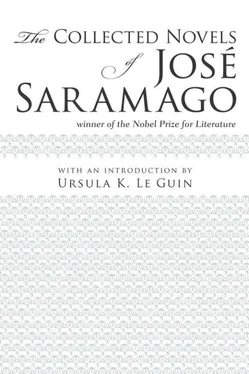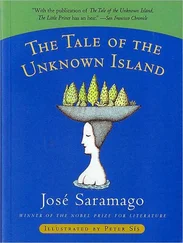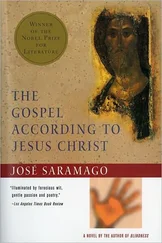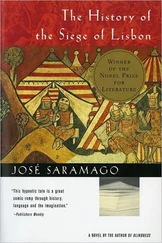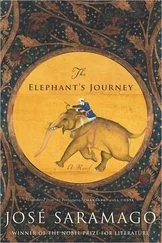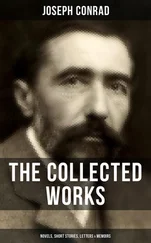THE ELEPHANT DIED less than two years later, when it was once more winter, in the final month of fifteen hundred and fifty-three. The cause of death was never known, at the time there were no blood tests, chest x-rays, endoscopies, mri scans or any of the other things that are now everyday occurrences for humans, although less so for animals, who die with no nurse to place a hand upon their fevered brow. As well as skinning solomon, they cut off his front legs so that, once duly cleaned and cured, they could serve as recipients, at the entrance to the palace, for walking sticks, canes, umbrellas and sunshades in summer. As you see, kneeling before the archduke did solomon no good at all. The mahout subhro received from the hands of the steward the part of his salary that was owing to him, to which was added, by order of the archduke, a rather generous tip, and with that money, he bought a mule on which to ride and a donkey to carry the box containing his few possessions. He announced that he was going back to lisbon, but there is no record of him having entered the country. He must either have changed his mind or died en route.
Weeks later, the archduke’s letter reached the portuguese court. In it, he informed them that the elephant suleiman had died, but that the inhabitants of vienna would never forget him, for he had saved the life of a child on the very day he arrived in the city. The first reader of the letter was the secretary of state, pêro de alcáçova carneiro, who handed it to the king, saying, Solomon has died, sir. Dom joão the third looked surprised at first and then a shadow of grief darkened his face. Summon the queen, he said. Dona catarina was quick to arrive, as if she sensed that the letter brought news of interest to her, perhaps a birth or a wedding. It was clearly neither a birth nor a wedding, for her husband’s face told quite another story. Dom joão the third said softly, Our cousin maximilian writes to say that solomon. The queen would not allow him to finish, I don’t want to know, she cried, I don’t want to know. And she ran off and shut herself in her room, where she wept for the rest of the day.
If Gilda Lopes Encarnação had not been Portuguese leitora at the University of Salzburg, if I had not been invited to talk to her students there, and if Gilda had not arranged for us to have supper in a restaurant called the Elephant, this book would not exist. Certain unknown fates came together that night in the city of Mozart in order that this writer would ask: “What are those carvings over there?” The carvings were small wooden sculptures lined up in a row, and the first of them was Lisbon’s Torre de Belém. This was followed by representations of various European buildings and monuments that clearly marked an itinerary. I was told that they illustrated the journey from Lisbon to Vienna made by an elephant in the sixteenth century, in 1551 to be precise, when João III was on the throne of Portugal. I sensed that there could be a story in this and said as much to Gilda Lopes Encarnação. She thought so too and undertook to help me gather the necessary historical facts. This book is the result of that chance encounter and owes an enormous debt to my providential supper companion, to whom I wish to express my deepest gratitude, as well as my esteem and respect.
JOSÉ SARAMAGO
Translator’s Acknowledgments
I would like to thank Tânia Ganho, Ben Sherriff and Euan Cameron for all their help and advice.
HOUGHTON MIFFLIN HARCOURT
BOSTON • NEW YORK
2010
First U.S. edition
Copyright © 2008 by José Saramago and Editorial Caminho,
SA, Lisbon, by arrangement with Literarische Agentur Mertin,
Inh. Nicole Witt e. K., Frankfurt am Main, Germany
English translation copyright © 2010 by Margaret Jull Costa
All rights reserved
For information about permission to reproduce selections from this book, write to Permissions, Houghton Mifflin Harcourt Publishing Company, 215 Park Avenue South, New York, New York 10003.
www.hmhbooks.com
First published as A Viagem do Elefante in 2008 by
Editorial Caminho, SA, Lisbon
First published in Great Britain in 2010 by Harvill Secker,
Random House
Library of Congress Cataloging-in-Publication Data
Saramago, José.
[Viagem do elefante. English]
The elephant’s journey / José Saramago ; translated from the Portuguese
by Margaret Jull Costa.—1st U.S. ed.
p. cm.
"First published with the title A Viagem do Elefante in 2008 by
Editorial Caminho, SA, Lisbon"—T.p. verso.
ISBN 978-0-547-35258-9
I. Costa, Margaret Jull. II. Title.
PQ9281.A66V5313 2010
914.6904’44—dc22 2010019044
Book design by Melissa Lotfy
Printed in the United States of America
DOC 10 9 8 7 6 5 4 3 2 1
With an introduction by Ursula K. Le Guin
Houghton Mifflin Harcourt
Boston New York 2010
Translations by Giovanni Pontiero and Margaret Jull Costa
Copyright © by Editorial Caminho, SARL Lisboa
Baltasar and Blimunda, 1982
The Stone Raft, 1986
The History of the Siege of Lisbon, 1989
The Year of the Death of Ricardo Reis, 1991
The Gospel According to Jesus Christ, 1991
Copyright © by José Saramago and Editorial Caminho
Blindness, 1995
All the Names, 1997
The Cave, 2002
The Double, 2002
Seeing, 2004
Death with Interruptions, 2005
Copyright © by José Saramago
The Tale of the Unknown Island, 1998
Copyright © by José Saramago and Editorial Caminho, SA,
Lisbon, by arrangement with Literarische Agentur Mertin, Inh.
Nichole Witt e. K., Frankfurt am Main, Germany
The Elephant’s Journey, 2008
